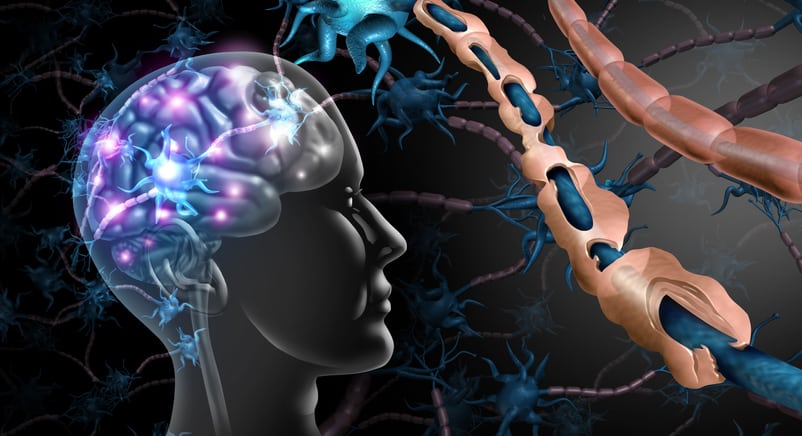Alzheimer’s disease is the most common cause of dementia. Biological definitions of AD are limited to the cerebral burden of amyloid β plaques, neurofibrillary pathology and neurodegeneration. However, current evidence suggests various features of small vessel disease (SVD) are part and parcel of and covertly modify both sporadic and familial AD. Neuroimaging studies suggest white matter hyperintensities (WMH) explained by vascular mechanisms occur frequently in the AD spectrum. Recent advances have further emphasised that frontal periventricular and posterior WMH are associated with cerebral amyloid angiopathy (CAA) in familial AD. While there is debate whether SVD markers precede the classically recognised biomarkers of disease, post-mortem studies show that SVD pathology incorporating small cortical and subcortical infarcts, microinfarcts, microbleeds, perivascular spacing and white matter attenuation is commonly found in sporadic as well as in mutation carriers with confirmed familial AD. Ageing-related cerebral vessel pathologies such as arteriolosclerosis and CAA modify progression or worsen risk by shifting the threshold for cognitive impairment and AD dementia. The incorporation of SVD as a biomarker is legitimately warranted in the biological definition of AD. Therapeutic interventions at directly reducing the burden of brain amyloid β have had no major impact on the disease or delaying cognitive deterioration but lowering the risk of vascular disease seems the only rational approach to tackle both early and late onset AD dementia.Copyright © 2021. Published by Elsevier Inc.
Cerebral Small Vessel Disease in Sporadic and Familial Alzheimer Disease.


